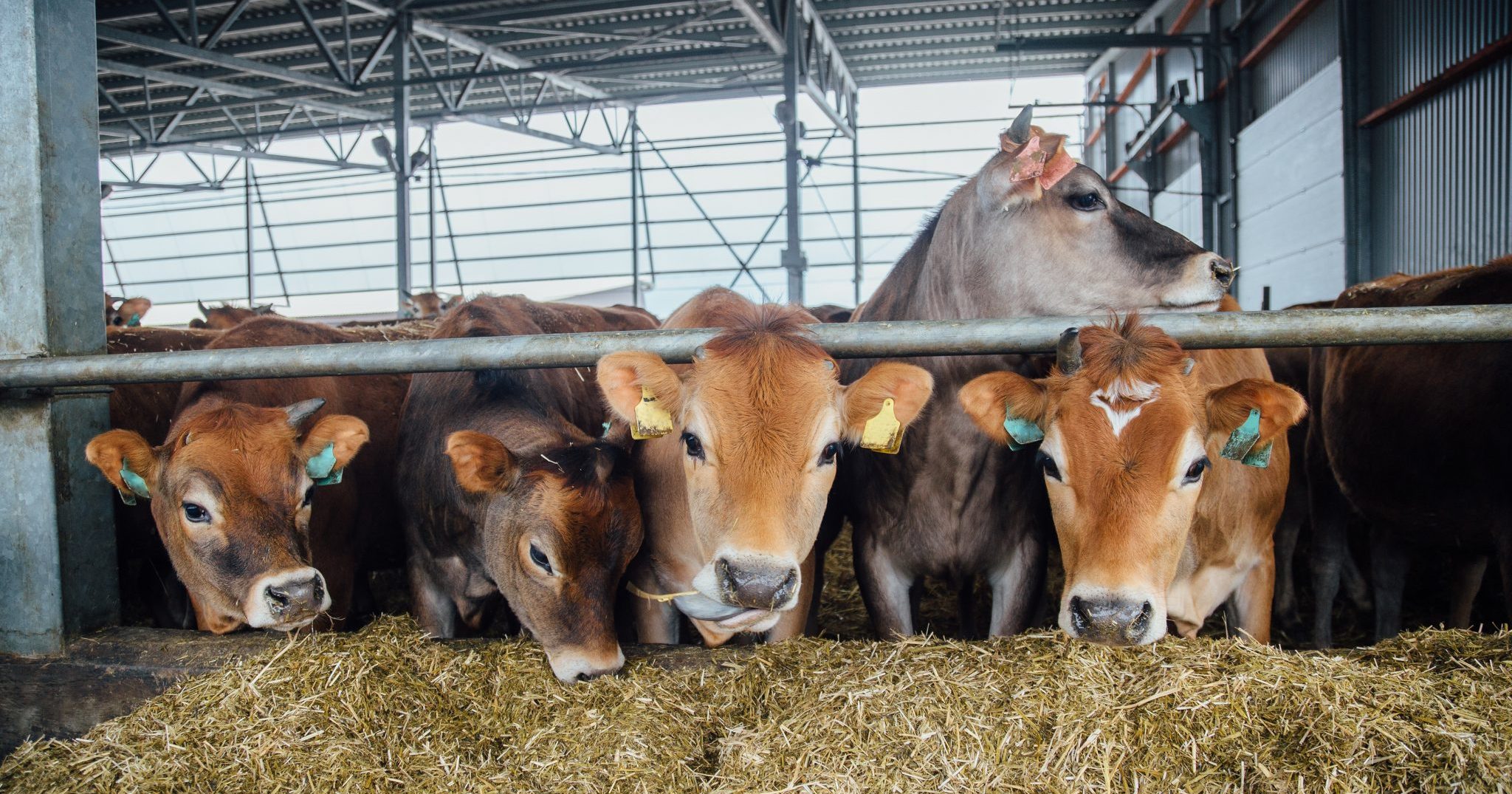Beef

Price slides are useful in marketing feeder cattle through forward contracts. The price slide worksheet and cattle price slide tool show how different price slide values affect operations in various scenarios.
The price per pound for feeder cattle generally decreases as weight increases, which is known as the price slide. Understanding how price slides work
is important for marketing feeder cattle. Price slides are commonly added to forward contracts as a risk- management tool. Forward contracting is a marketing tactic in which cattle are sold well in advance of being delivered, hence before their actual delivery weight is determined. The price slide allows the contracted sale price to adjust by a value (such as $5/cwt) previously agreed upon by both the buyer and seller if the actual weight of feeder cattle differs from the predicted weight.
There are three types of price slides to consider: up, down, and two-way. An up slide is used when the delivery weight is lighter than expected; a down slide is used when the actual delivery weight is heavier than expected. A two-way slide covers both cases and provides protection to the seller if the delivery weight is lighter than expected while protecting the buyer if the delivery is heavier than expected.
Parties can also include a weight allowance, which allows some margin of error before the price slide occurs. For example, a forward contract for 600-pound steers with a weight allowance of 10 pounds would pay the contracted sale price if the average weight were 590 to 610 pounds per head.
This price slide worksheet (table 1) and cattle price slide tool will help you calculate the value of cattle in a forward contract that includes a price slide. The following information is required to use the price slide worksheet and cattle price slide tool:
- Contracted weight, which is the average weight per head agreed upon in the forward contract
- Contracted sale price, which is the price agreed upon in the forward contract
- Actual live weight, which is the average weight of the cattle before delivery
- Pencil shrink, which is the contracted percentage of weight deducted from the scale weight to account for weight lost during transport
- Price slide
- Weight allowance
The worksheet shows how to calculate the price received for feeder cattle with a price slide (with or without a weight allowance). In the first six rows (A through F), users can input their relevant information. The remaining rows include the calculations used to determine the adjusted sale price and value of the cattle if the price slide is exercised.
Table 1. Price Slide Worksheet
An example using the worksheet
A consigner forward contracted 700-pound feeder steers at a price of $110 per hundredweight, with a $5 per hundredweight two-way price slide and no weight allowance. The cattle are weighed at the ranch with 2 percent shrink, and the weight at the ranch is 715 pounds.
The downslide is used in this case because the delivery weight is greater than the estimated pay weight. The adjusted sale price will be $109.97 per hundredweight, with a total value received of $770.52 per head.
Table 2. Example Price Slide Worksheet
Conclusion
Price slides are a useful tool in marketing feeder cattle through forward contracts. The tool and worksheet can help show how different price slide values would affect operations in various scenarios.
Download a PDF of Cattle Price Slides, ANR-2733.
Download an Excel file of the Price Slide Tool, ANR-2733a.


